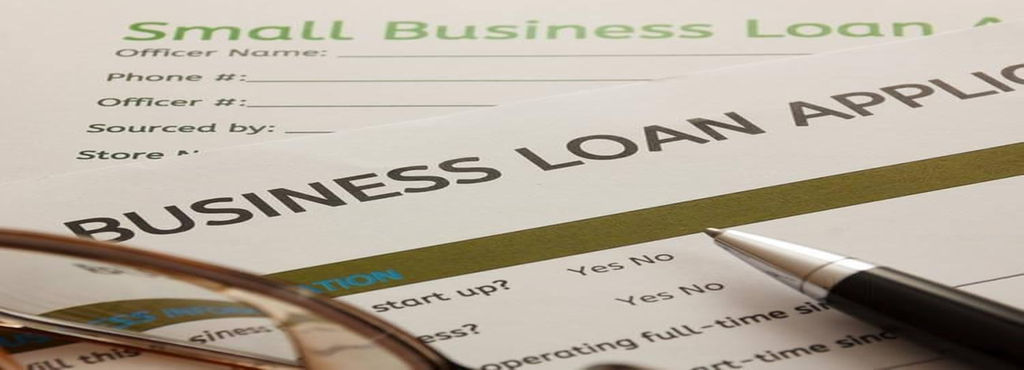What to Look For When Applying For a Small Business Loan?
For most first-time loan applicants, knowing how to choose a small business loan can be quite tricky. You need to invest a lot of time into research to know exactly what to look for when applying for a small business loan. This is important so that you can choose the one that best suits your business needs.
Among the wide range of loans offered in the loan industry, some offer lower loan rates while others provide faster financing options. The only way to make a well-informed decision is by familiarizing yourself with the features of each loan and understanding how they would affect your business. So, here is what to look for before you apply for a small business loan:
1. Loan Rate: The interest rate charged on the loan is commonly known as the loan rate. It is also called the Annual Percentage Rate (APR) for loans that charge interest annually. SBA loans such as 7(a) loan program or CDC/504 loan program offer lower loan rates as compared to alternative lenders but take longer to finance your business. These loans are suitable for businesses with a good credit history and those that can operate without the loan for 60 to 90 days after applying for it.
Alternative lenders, however, provide quicker financing options with loans being approved in as little as two days, but the APR is higher. You can opt for these loans if your business lacks a good credit score and needs a fast inflow of cash. The key is to know how much your business can afford to pay over the long term and choose a lender accordingly.Accessing alternative lenders through online platforms like Orumfy provides the opportunity to review the loan rates in detail and minimizes the possibility of fraud. The lending platform helps mediate the proceeding and provides transparency to the loan process.
2. Collateral: Collateral is an asset that is pledged to the lender as temporary insurance until the debt is paid off completely. In case the borrower defaults, the lender to regain some portion of the original loan amount keeps the collateral.
Collateral, may be in the form, of equipment, land, or any other fixed asset, however, there are exceptions. In invoice financing, for example, the collateral is the accounts receivable receipts of the borrower so the customers that owe money to the business pay the lender. Loans without a collateral are unsecured loans and they charge high loan rates as there is no asset to back up for the loss in case of default.
3. Repayments: The amount of loan repaid monthly or yearly is called repayment and there is a fixed number of repayments in a given time period. It is important to set repayment terms that are easy to fulfill and do not suffocate the business. However, you do not want to be stuck paying back your small business loan for too long so it is important to pay back as much as you can, as quickly as you can.
When applying for a small business loan, you have to consider several other things. Make sure that your credit score history is good, and your financial statements should be up to date. In addition, depending on the type of loan you wish to seek, and the necessary documents you will need, you should consult experts to ensure its approval
